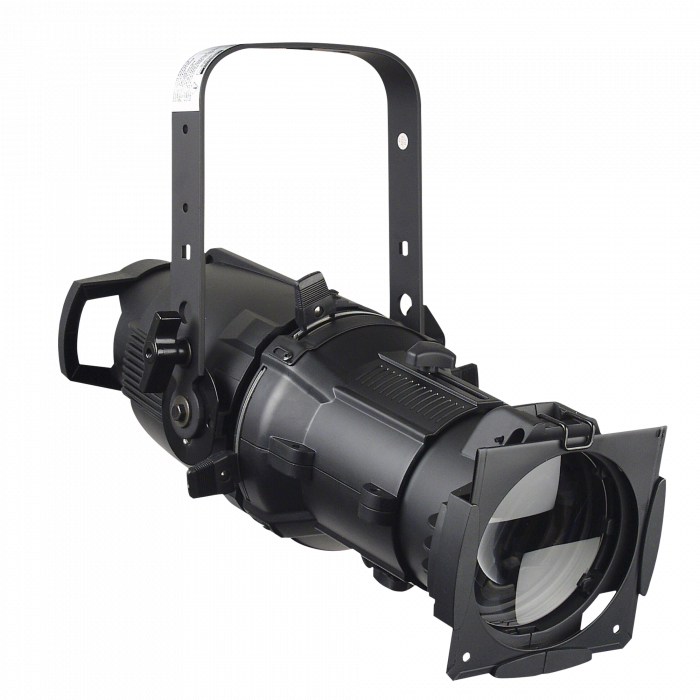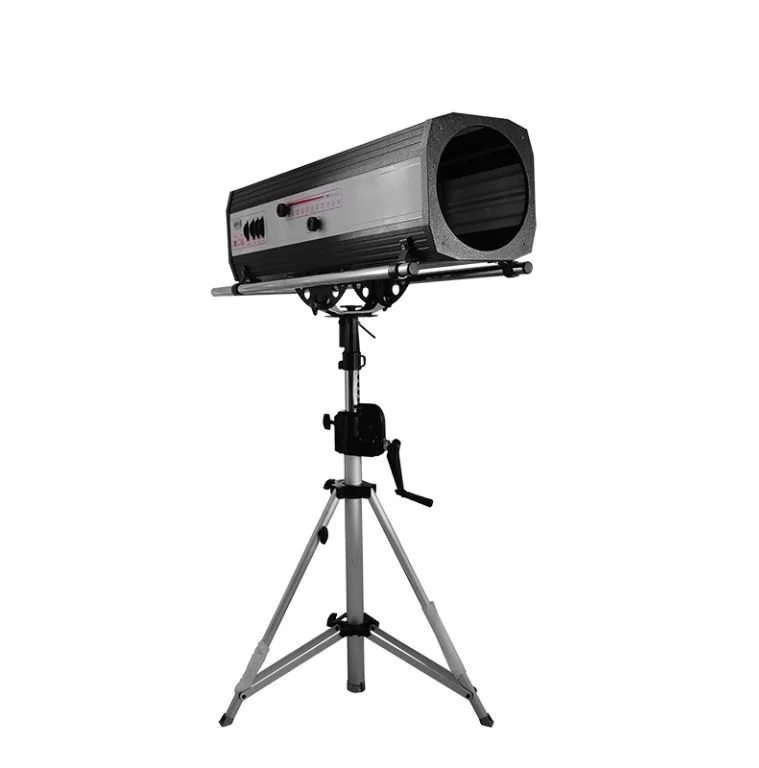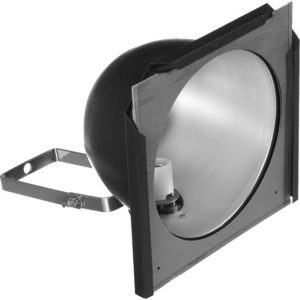The Ins and Outs of Profile, Ellipsoidal, and Follow spot Lighting
When it comes to stage and theatrical lighting, a few key terms regularly surface in conversations. Among these are profile spots, ellipsoidal spots, and followspots. While these lighting fixtures share similarities, each brings its own unique characteristics and applications. Let’s delve deeper into these essential lighting tools.

1. Profile Spots
Profile spots, often called “lekos” (short for “profile spotlighting instrument”), are versatile lighting fixtures designed to project precise, hard-edged beams of light. The term “profile” comes from their adjustable, barrel-shaped lens system, which allows technicians to shape and refine the light beam—controlling the sharpness and evenness of its edges.
Profile spots often include interchangeable metal or glass inserts called “gobos” that can create intricate patterns, shapes, or even simple breaks in the beam. This makes them invaluable for producing highly detailed lighting effects.
2. Ellipsoidal Spots
Ellipsoidal spots are closely related to profile spots and are often mistaken for them. However, the defining feature of an ellipsoidal spot is its long, tube-like reflector and secondary lens positioned in front of the shutters. This design offers better light control and a smoother, more even beam.
While ellipsoidal spots don’t produce edges as sharp as profile spots, they excel at creating mid-to-large-sized fields of light. They’re commonly used for washes, specials, and broader lighting effects.
3. Followspots
Followspots are quintessential tools for highlighting and tracking performers in live settings like theater, dance, and concerts. Their primary function is to produce a narrow, intense, and highly mobile beam of light that can be maneuvered by an operator to follow a performer or object on stage.
Followspots often feature a multi-color wheel for adjusting the beam’s hue and intensity, as well as shutters for controlling its size and shape. Operators can manually adjust the light’s intensity during a performance—dimming it for dramatic moments or increasing it during climactic scenes. This adaptability makes followspots a dynamic element of stagecraft.
In Summary
Each of these lighting fixtures serves a distinct purpose in stage and theatrical lighting:
- Profile spots provide sharp, clean beams ideal for gobo projection and precise shaping.
- Ellipsoidal spots deliver smoother, more even lighting for washes and general effects.
- Followspots enable operators to follow and highlight performers, offering versatile and adaptable lighting effects.
Understanding the unique roles of these tools is crucial for mastering the art of stage lighting, whether you’re a lighting designer, stagehand, or simply a curious theater enthusiast.



